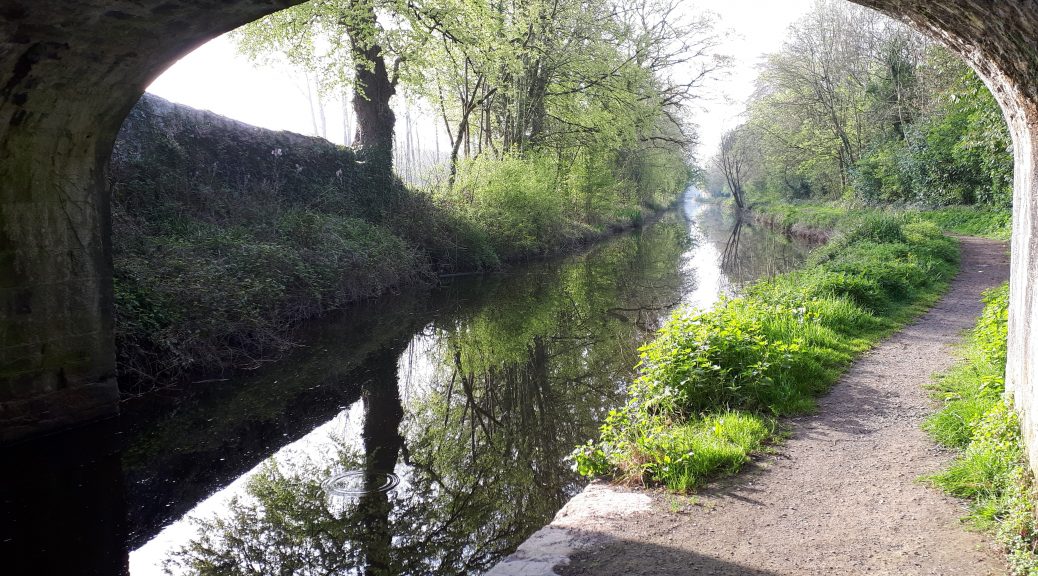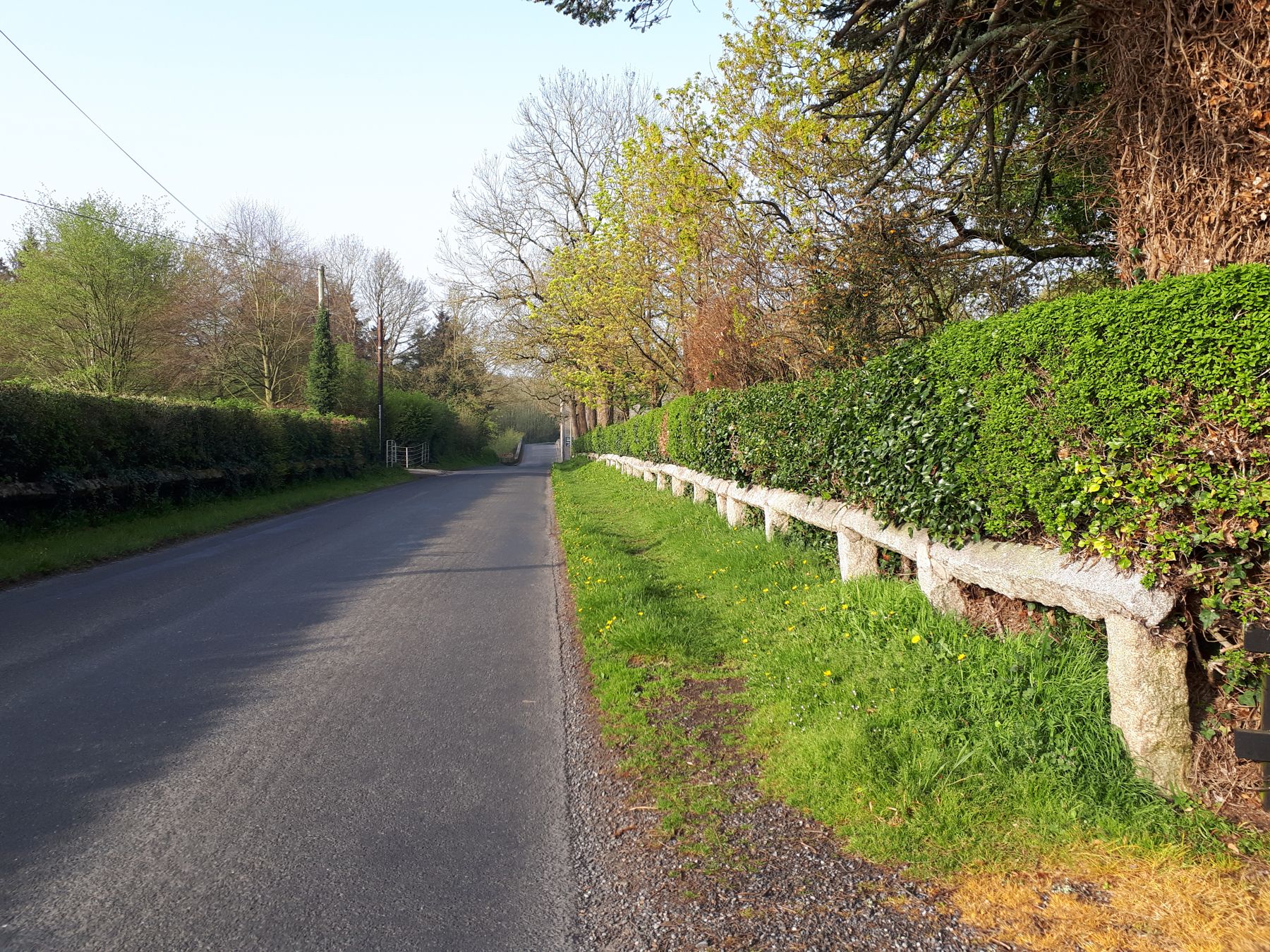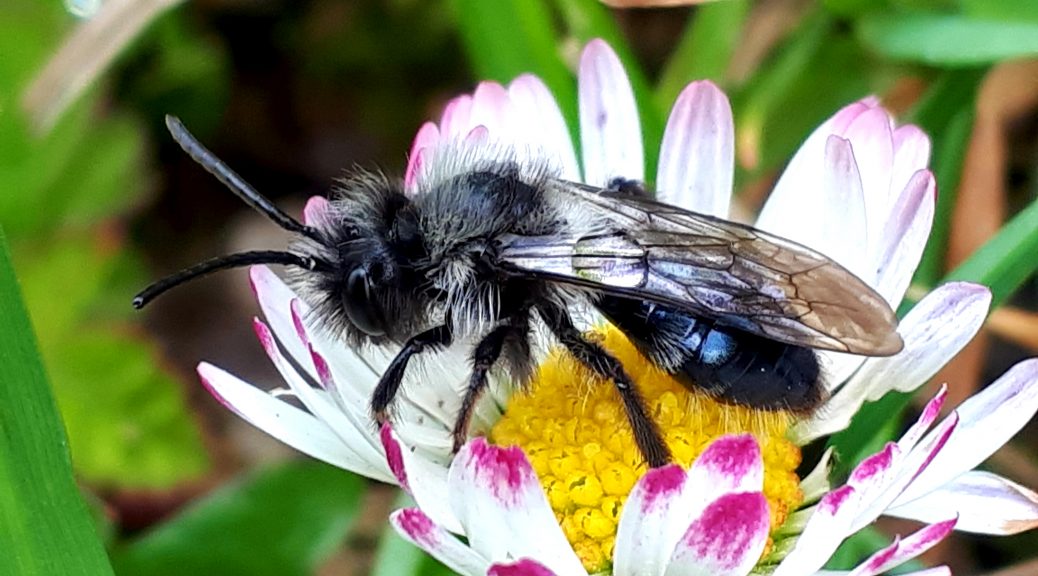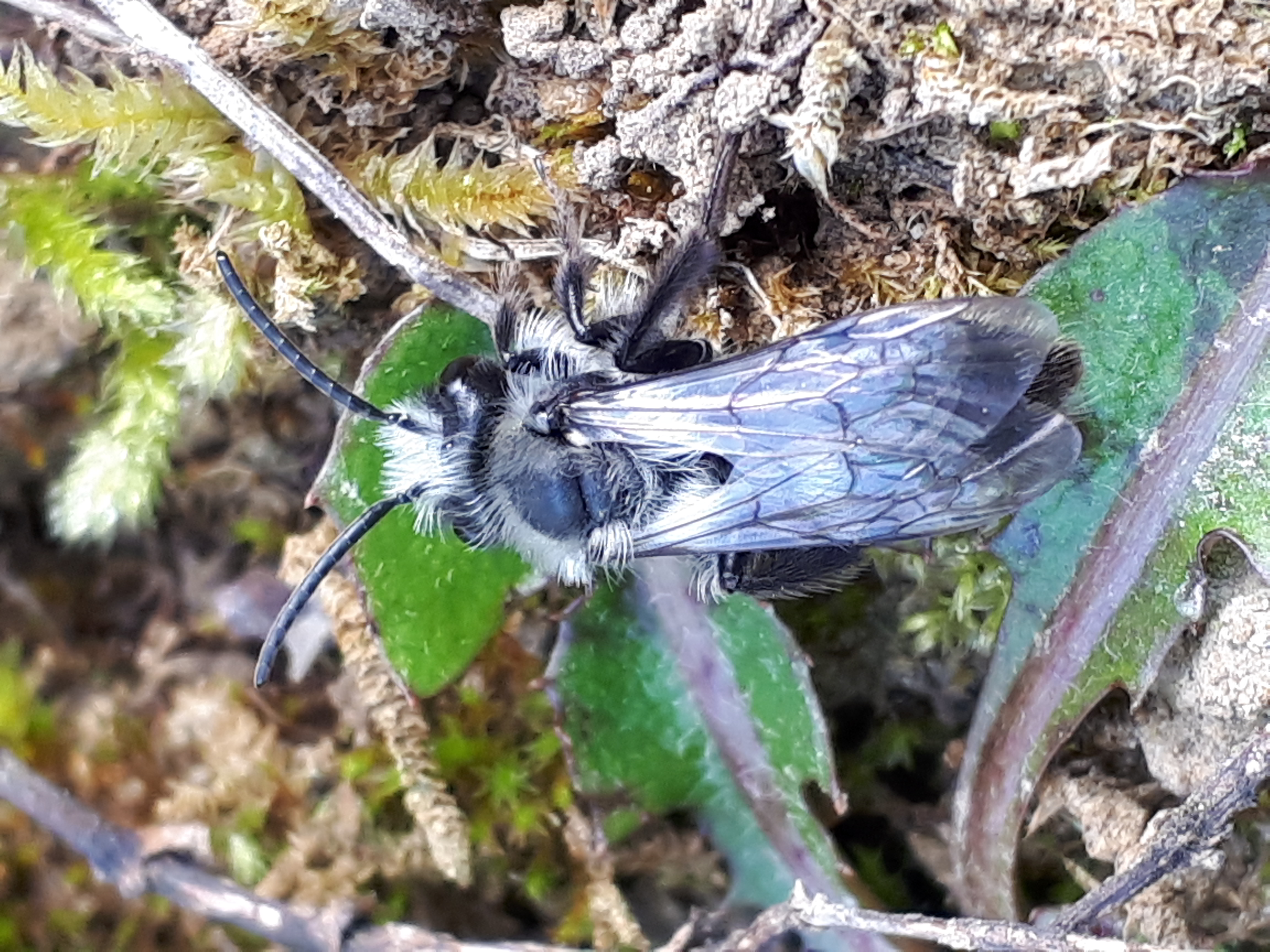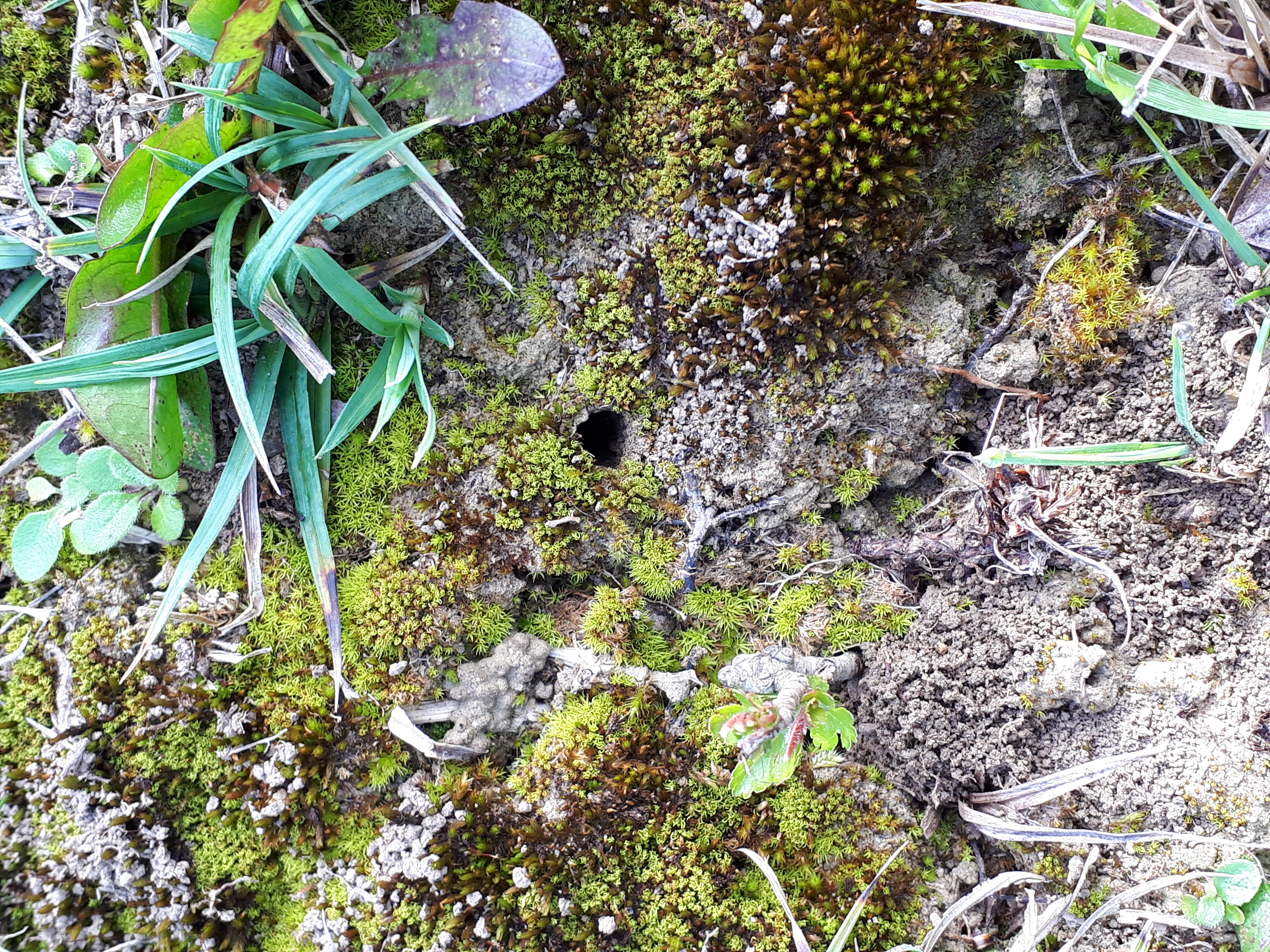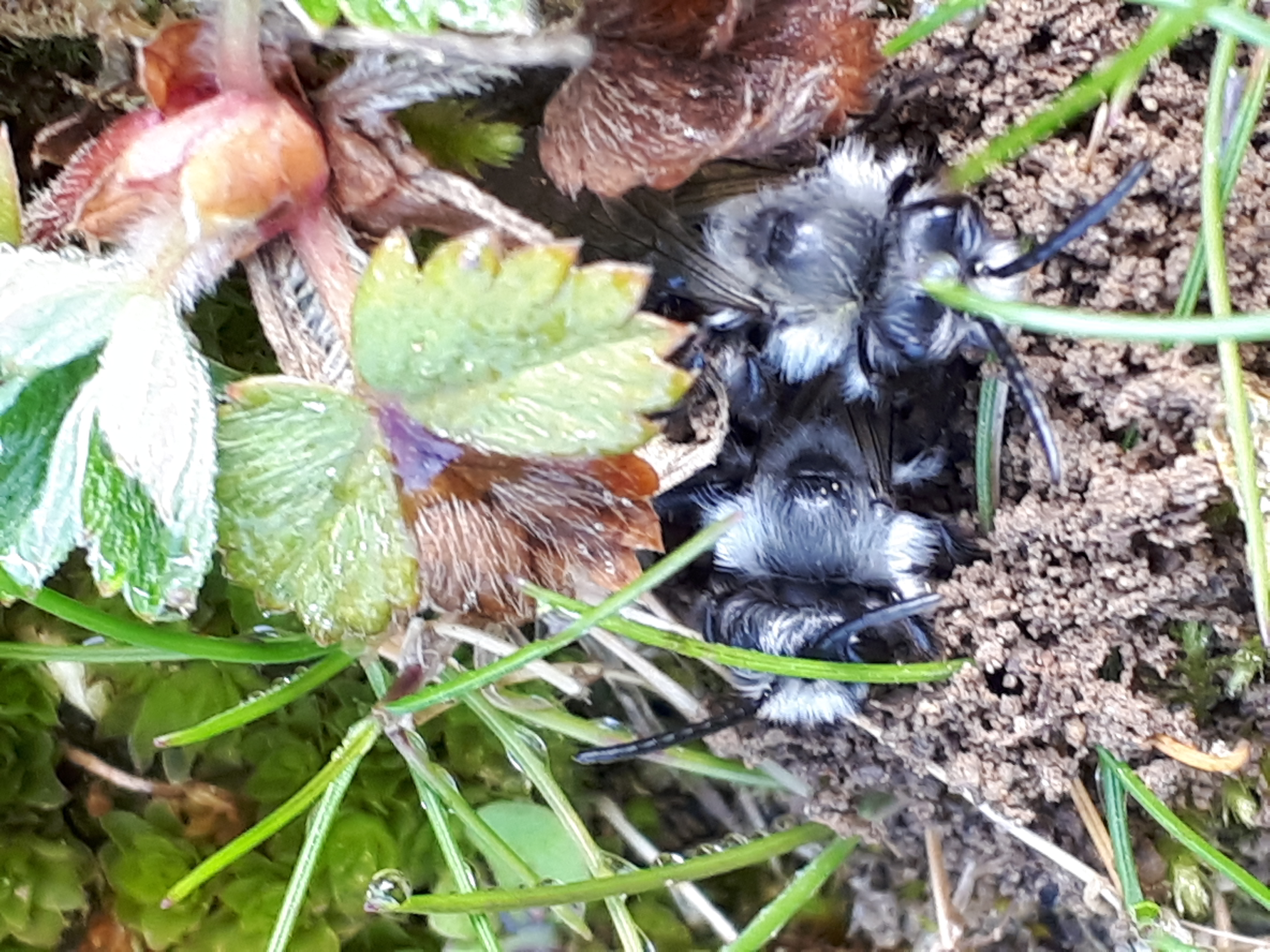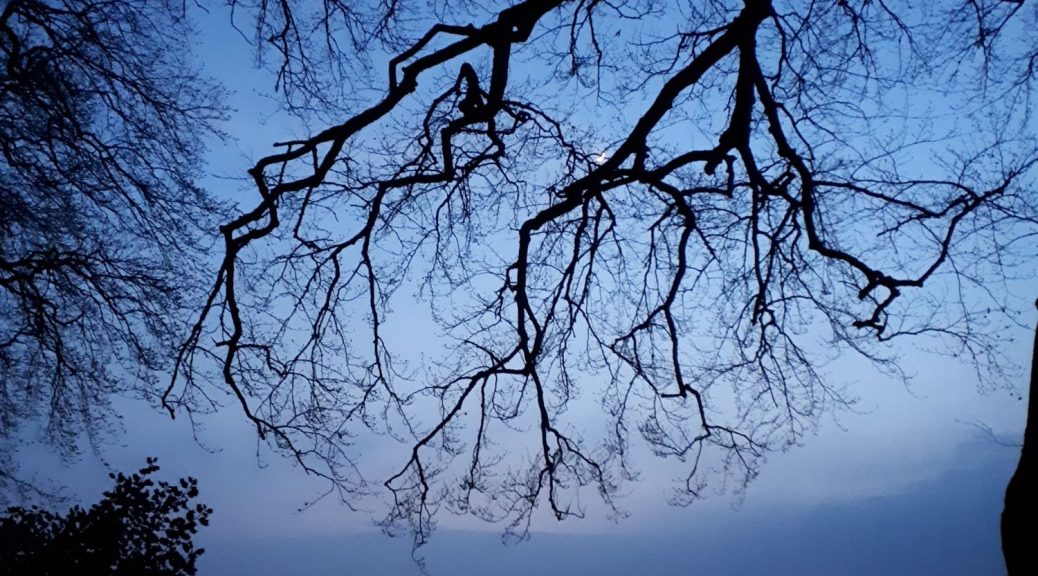I have looked at the manifestos of the different political parties for General Election 2020 to assess their ambition to address the biodiversity crisis in Ireland. I have taken a fairly straightforward approach to this. My starting rationale is that because Dáil Éireann has already declared a Climate and Biodiversity Emergency I would expect each party to have specific biodiversity policies and actions to address this emergency. I haven’t looked at their other policies to see their potential impact on biodiversity.
Here is my summary of the different party’s positions.

Biodiversity is mentioned as one of the issues under the Environment section headed Environment – statement of biodiversity.
The text reads:
Irish Native Bio-diversity
“Ireland’s Bio diversity is being hammered. This is dangerous at a number of different levels. Even if you set aside our responsibility as a society to protect the diversity and richness of the flora and fauna in our natural environment, there is still a significant economic cost to the destruction of our environment. It is estimated that Ireland’s biodiversity contributes €2.6 billion each year to the Irish economy through ecosystem services.
Ireland has traded for generations on its image of being a green and natural island. We have made billions of euro from food and tourism on the basis of this image.”
My comment: I couldn’t find a single suggestion as to how this issue would be addressed if Aontú formed part of a new Government.
Score: 0 out of 10

Fianna Fail’s election manifestion is called Ireland for all.
A high level commitment under A sustainable future proposes to “Create a new Biodiversity Fund to protect species”.
Under its agricultural policies in relation to Areas of Natural Constraint it proposes three actions; “1. Allocate an additional €50m above 2020 levels to bring the ANC scheme funding to €300m per annum. 2. Enhance biodiversity management of lands by fully restoring the National Parks and Wildlife Service (NPWS) Farm Plan Scheme with an additional €4m in funding. 3. Ensure the NPWS completes a Threat Response Plan for the conservation of Hen Harriers on designated land.”
Under the Create a sustainable Forestry sector it promises to “Update the legislative mandate of Coillte Teoranta so it will also have a specific remit for supporting the delivery of climate change commitments and biodiversity protection”.
Under the Secure a strong Fisheries sector it proposes to “Protect Marine Biodiversity and Enhancing Marine Tourism. This includes introducing an ‘Oceans Act’ to protect Ireland’s seas, while working at an EU level to achieve the establishment of ambitious 2030 targets”.
Under the Safeguard our biodiversity, it proposed five actions.
- “Deliver the 119 targeted actions in the National Biodiversity Plan”
- “Initiate a new €10m Biodiversity Fund to protect our natural heritage and support environmental NGOs”
- “Increase the budget for the National Parks and Wildlife Service by €25m by 2025, so that it has sufficient resources to advice and support the National Biodiversity Action Plan and tackle areas of non-compliance”
- “Launch a national re-wilding plan across OPW and Local Authority parks.”
- “Ensure the public sector leads by example in biodiversity by protecting and rewilding green spaces in all public sector premises. The Oireachtas will lead the way re-wilding Leinster Lawn and re-introducing a green space in Kildare street.”
My comment: Fianna Fail pledges quite a significant increased budget to assist biodiversity conservation, which is to be welcomed. However, other than pledging more funding I get no sense from the manifesto that Fianna Fail understands the drivers of biodiversity loss, and the transformative changes that are needed to begin to address this crisis.
My score: 4 out of 10

Fine Gael sets out its policies in its 109 page manifesto A future to look forward to
Under the heading Sustainable Irish Farming it includes a section on Supporting biodiversity. Specifically it promises to “continue to invest strategically in programmes under the CAP that support biodiversity. We will complete a national hedgerow survey, …and will continue to fund initiatives under agri-environment schemes that support biodiversity initiatives in this area, building on our significant investment in the hen harrier, freshwater pearl mussel, apiculture and European Partnerships initiative (EIP) projects.”
Under Funding Climate Action it promises “An €80 million Enhanced Peatland Restoration and Rehabilitation scheme to run over four years, which will restore thousands of hectares of Bord na Móna bogs to a high standard, so that they can store carbon, foster biodiversity and provide 200 jobs.”
A section under The importance of our biodiversity the main committment is that “Under Project Ireland 2040, we are investing €60 million in the greater protection of our nature and biodiversity. Central to this will be the continued implementation of the third National Biodiversity Action Plan 2017-2021 and building on the commitments made at the first National Biodiversity Conference, which took place in 2019.”
Under the Restoring our bogs section, it states “A major restoration effort has been underway on our raised bogs since 2011. We will continue to invest in peatlands restoration, rewetting and restoring native peatlands. This will include funding to community groups to develop projects that promote our peatlands.”
Under Local Biodiversity Project four comittments are made:
- “To increase funding for local nature groups and local authorities to work in partnership on [existing local biodiversity] projects”
- “continue to raise awareness of biodiversity through initiatives,
including an Annual Biodiversity Awards Scheme”
- “achieve further UNESCO designations for Irish sites, including the Lough Allen region.”
Under the Implementation of the ‘biodiversity duty’ section Fine Gael promise to “ensure full implementation of the ‘biodiversity duty’ on public bodies to have regard to policies, guidelines, and objectives to promote the conservation of biodiversity and the National Biodiversity Action Plan.”
Under the Appointing an Education Liaisons Officers in our National Parks heading it promises to “appoint Education Liaison Officers in each of our National Parks to work with schools across the country, in order to promote the importance of biodiversity and the natural world, and to involve pupils in the work that goes on in our National Parks.” In addition, it seeks “to promote biodiversity initiatives across primary, postprimary and third-level sectors and seek to ensure that schools, colleges and universities across the country play an active role in providing areas to promote biodiversity.”
My comment: The manifestion largely draws on the continued implementation of actions in the National Biodiversity Plan. This is to be welcomed, but mind you, when in Government Fine Gael didn’t allocate any additional funding to help its implementation. Overall the policy manifesto does not recognise the dire biodiversity crisis that we have in Ireland, and proposing what is effectively a ‘business as usual’ policy when clearly it is not working is just not good enough.
My score: 3 out of 10.

Green party has a separate Position Paper on Biodiversity and the first section in the consolidated 62 manifesto Towards 2030: a decade of change deals with Addressing the Climate and Biodiversity Emergency
The four page Position Paper on Biodiversity begins by setting out the evidence for Biodiversity Crisis and identifies the drivers of biodiversity loss- habitat destruction, pollution, growth of invasive species, land use change and climate change
The position paper identifies 12 highlights of their policy and these are elaborated upon under five headings, namely; Institutions, Organisations and Policymaking, Farms and forests, Water, Wetlands, and Measures for Specific Species.
The twelve actions are:
- Work to ensure Brexit does not have negative impact on Ireland’s biodiversity
- Publish a National Land Use Plan to maximise biodiversity
- Split NPWS into two bodies and substantially increase funding
- Legislate for protection of natural heritage, including stricter planning on major land use changes
- Government Task Force on Farming and Biodiversity
- Task force will inform the development of a National Action Plan on Biodiversity in Agriculture
- New afforestation scheme to pay 120,000 farmers to plant one hectare of woodland on their farms.
- Switch in forest policy toward mixed, biodiverse, Close to Nature-Continuous Cover forestry
- Designate 50% of Irish territorial waters as Marine Protected Areas
- End ‘denuding’ of upland blanket bogs and undertake a major programme of peatland restoration and rewetting
- fund and support the National Pollinator Plan across all land types.
- At least a doubling of the core funding provided to Environmental NGOs
There are some other elements of their proposals outlined in the text of the document, such as acknowleding the transboundary context for biodiversity actions and the introduction of annual audits of local authority environmental performance. There is also a clear statement that if in power the Green Party would “encourage an extensification of the animal agricultural model which places emphasis on biodiversity, habitat creation and other environmental outcomes.” It also mentions the legendary ecologists E.O. Wilson!
My comment: This is a clear policy statement that articulates the problems and prospective solutions to tackle many of the issues around biodiversity loss. Many actions, such as a National Land Use Plan and a Task Force on Farming and Biodivesity, are strategic and could lead to new direction for biodiversity. The efforts to reduce the conflict between farming and biodiversity are particularly welcomed.
My score: 9 out of 10

The Labour Party sets out its policies in a 44 page manifesto Building an Equal Society. It addresses biodiversity under three sections.
- Agriculture “Labour will support the growth of diverse and organic farming methods to enhance biodiversity outcomes in the agricultural sector.”
- Forestry “Labour will instruct the Department, along with Coillte and the National Council for Forest Research and Development, to develop and implement an ambitious national strategy for forestry and the “bioeconomy” of new products made from wood pulp, including biodegradable industrial foams and plastic substitutes, with an aim of further increasing the amount of land under forest cover, and striking the right balance between continuous cover, native species and commercial Sitka Spruce growing with the aim of maximising carbon capture, biodiversity and sustainable jobs.“
- Cleaner air, water and habitats “Labour will require detailed annual reports to be published on Ireland’s biodiversity and the status of habitats, as part of a strengthened biodiversity strategy. We will invest more in protecting habitats to preserve biodiversity.“
My comment: These actions attempt to address only some isssues of biodiversity loss, and what is proposes is little more than generic comittments. The manifesto fails entirely to recognise the biodiversity crisis we face, and lacks any ambition in this area.
My score: 1 out of 10

People before Profit sets out its policies in a 40 page Election Manifesto which does not mention the word ‘biodiversity’. But it does propose two actions that could benefit biodiversity.
One of the actions listed under the Green Jobs heading reads “Introduce payments for farmers to reforest the land: Ireland has one of the lowest levels of forest coverage in Europe and farmers struggle to make an income off the land. We would pay farmers €3,000 per hectare to reforest and tend to new native forestry – drawing down carbon and improving lives in rural Ireland.”
A second action listed under the A new deal for farming communities, reads “Incentivise the development of organic farming for local consumption and direct farmer markets”.
My comment: People Before Profit shows little, if any interest in the biodiversity crisis.
My score: 1 out of 10

Sinn Fein outlines its policies in its 110 page manifesto Giving workers and families a break – A manifesto for change. The only mention of biodiversity is under the section dealing with Agriculture, Food and Marine. It reads “All farmers should be supported through CAP payments in protecting hedgerows and other natural features of their land, which enhance the environment and biodiversity. Under current rules, livestock farmers are often encouraged to remove hedgerows to increase farm sizes. That needs to change in the next Common Agricultural Policy”.
My comment: The protection of hedgerows is an important issue, but it is hardly the only one that contributes to our biodiversity crisis.
My score: I out of 10

Social Democrats have a specific policy on biodiversity, one of 10 key policy areas. It is titled Biodiversity: protecting our fauna and natural habitats, a beautifully produced six page document.
The opening paragraph under the heading Our Urgent Biodiversity Challenege holds no punches “Biodiversity loss is one of the biggest challenges that Ireland faces. This is not a crisis that has just come upon us, but has been years in the making. For far too long, we have relied on the false narrative that Ireland as a green country, is also an environmentally friendly one”
It then highlights the recent IPBES global assessment, some evidence of biodiversity loss from Ireland, and the fact that Dáil Éireann declared a Climate and Biodiversity Emergency in 2019. It goes on to stress the importance of working with farmers to restore biodiversity.
Under the heading of Our Natural Habitat, it highlights the need to promote more broadleaf deciduous forestry, to buy ‘unprofitable’ farmland to plant native forest, and to expand the area of National Park. Under the heading Our Fauna it highlights the dramatic insect declines and makes a committment to fund conservation. The document provides a very succinct overview of its policy objective – “If we wish Ireland to be a country where nature thrives once again, we must also continue to fund conservation for our vulnerable and endangered larger animal species, on land and in water, and, where suitable habitat exists, endeavour to reintroduce species which have become extinct on the island due to human activity.” This is a statement that I might use in future presentations.
The policy proposes 18 specific actions to address the biodiversity crisis. These are:
- A voluntary purchase scheme for unprofitable farmland, to be
converted into protected native woodland
- Incentives for the practice of agroforestry
- Incentives for the planting of native trees on private land
- Double the area of protected nature reserves by 2040
- Promote and expand wildlife corridors across the county
- To require state bodies to first examine upstream natural based
solutions when considering works required to deal with flood relief and protection
- Reintroduction of extirpated species where research has established feasibility
- Significant state funding for the conservation of endangered and vulnerable native species.
- Fund Councils and Inland Fisheries to map and remediate barriers to fish migration within their riverine systems
- National legislation to significantly reduce or eliminate the nonagricultural use of pesticides and herbicides outdoors
- State funding for the monitoring and eradication of invasive species
- Require Councils map areas of local environmental importance ….and include them in County Development Plans as areas to
be protected.
- In urban areas, …to prioritise the planting of trees and flowers in existing and new developments, and on streets
- To fund Councils to undertake Trap, Neuter and Return programmes for feral cats
- Encouraging local councils to create native Woodland Walks and
Wildflower Meadows in existing and new parks.
- Making the creation of wild picnic bench spots in office developments and … the creation of rooftop gardens in offices and apartments a vital part … urban planning regulation
- Ensuring all local authorities and planning authorities have all
hedgerows assessed while making planning decisions and that priority is given to maintaining and protecting existing hedgerows and trees….
- To establish a Wildlife Crime Unit in an Garda Siochana
My comment: This is an excellent policy document, very well laid out and clearly written. The proposed actions are strategic and address most of the key drivers of biodiversity loss. The policy shows a deep understanding of the issues, and the kind of response that is needed if we are to achieve transformative change. Recognising that an expanded protected area network has a key role to play in conservation policy is particularly welcomed.
My score: 9 out of 10
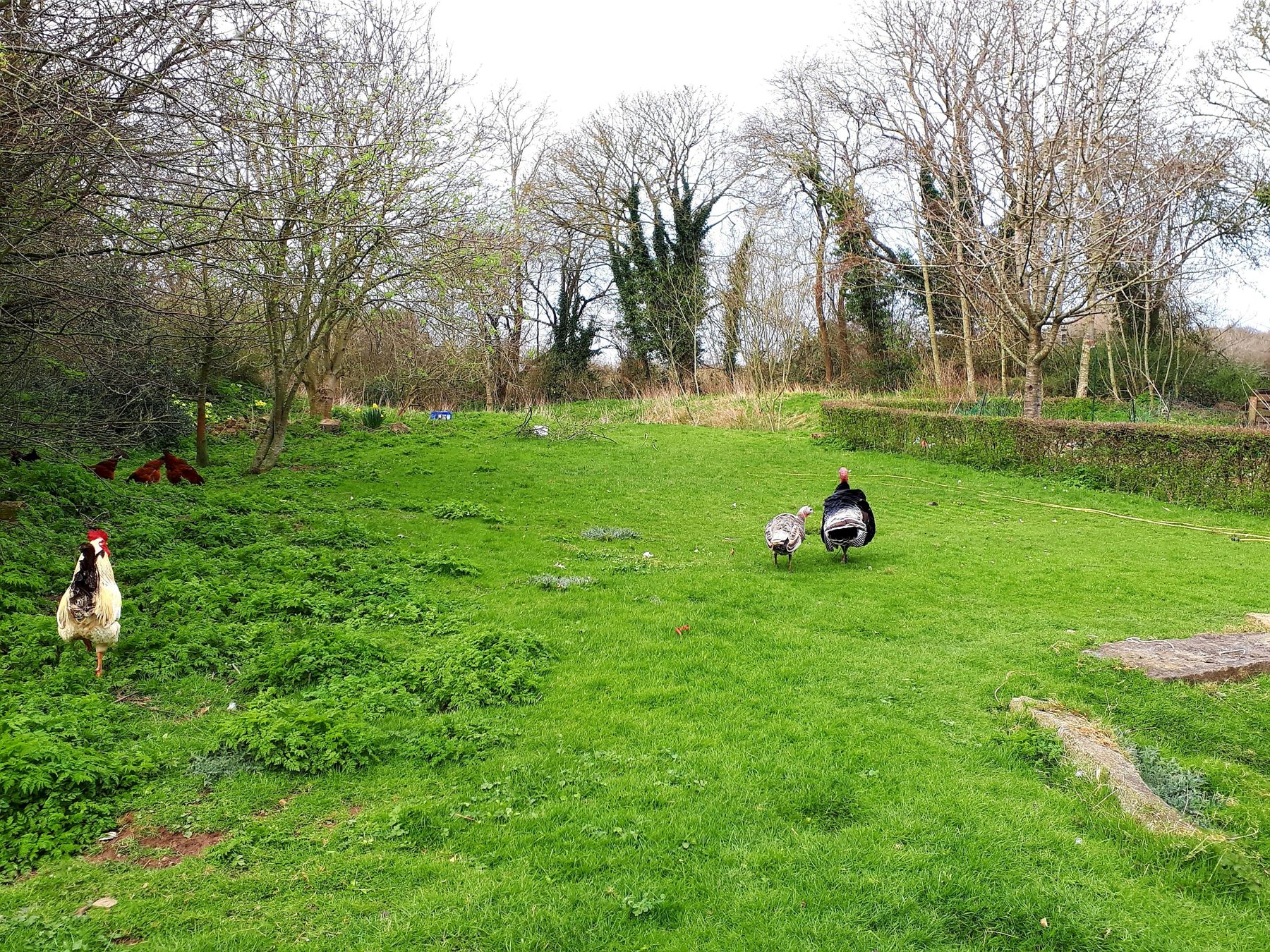 This is an extraordinary time. The Corona Virus has shut us down, forced us to retreat home and wait out this dreadful pandemic. My family had a meeting, without me I should add, and I was declared the weak link in the family because in the past I have suffered from asthma. Unless I wish to risk familial harmony, I need to stay put. I am well set up to work from home, and there is plenty work to do, so that is not going to be a problem. However, I do enjoy being outdoors and exploring nature, and I think this is what I might mostly miss.
This is an extraordinary time. The Corona Virus has shut us down, forced us to retreat home and wait out this dreadful pandemic. My family had a meeting, without me I should add, and I was declared the weak link in the family because in the past I have suffered from asthma. Unless I wish to risk familial harmony, I need to stay put. I am well set up to work from home, and there is plenty work to do, so that is not going to be a problem. However, I do enjoy being outdoors and exploring nature, and I think this is what I might mostly miss.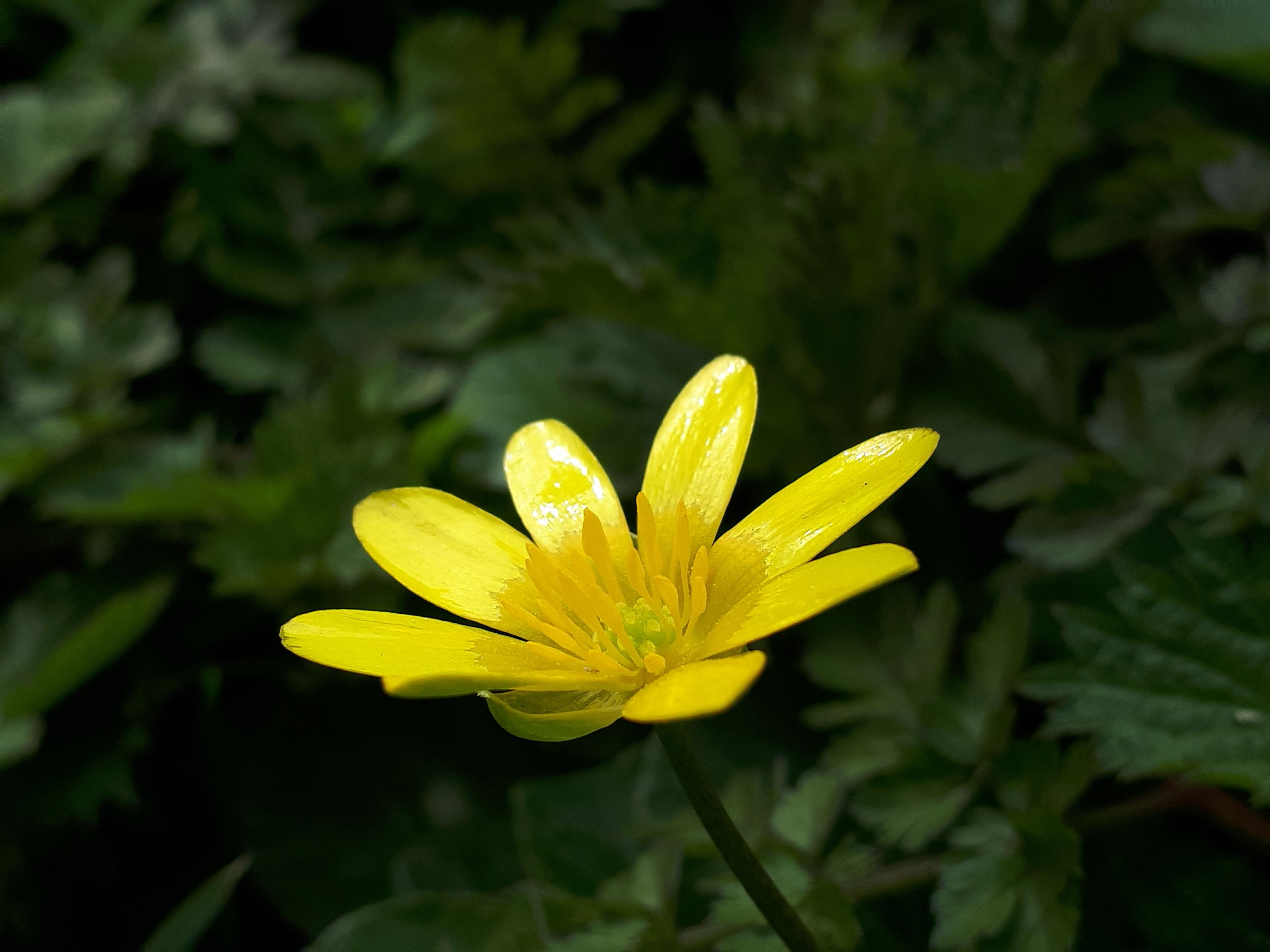
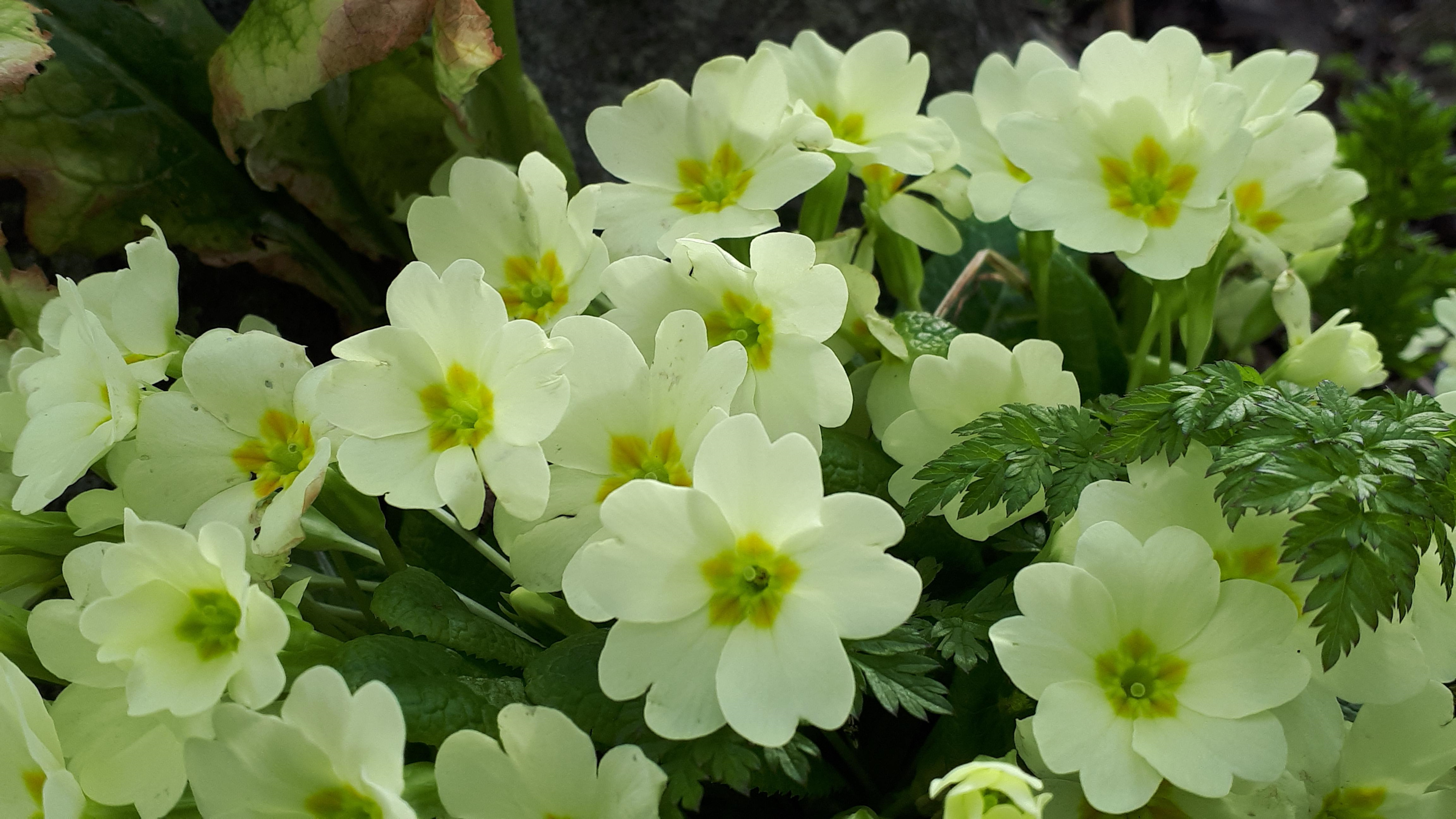
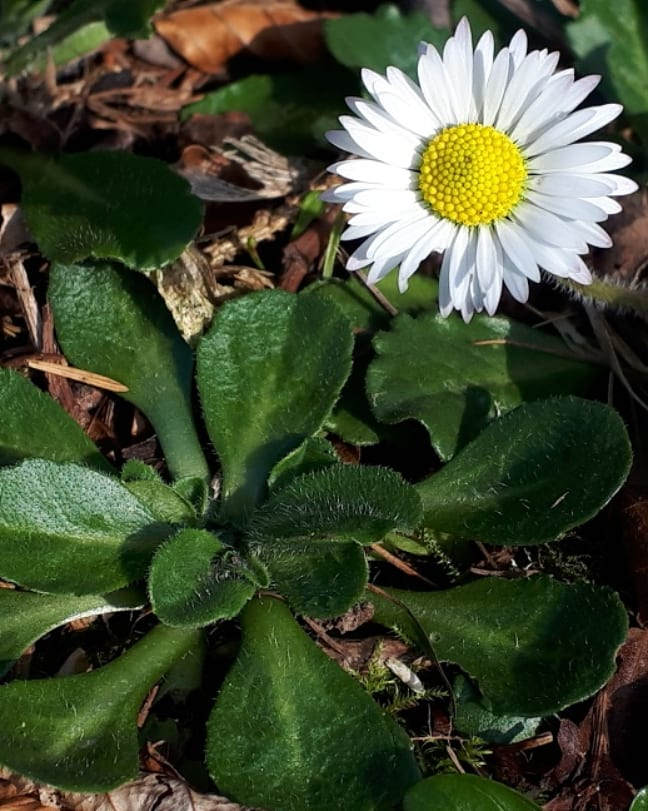

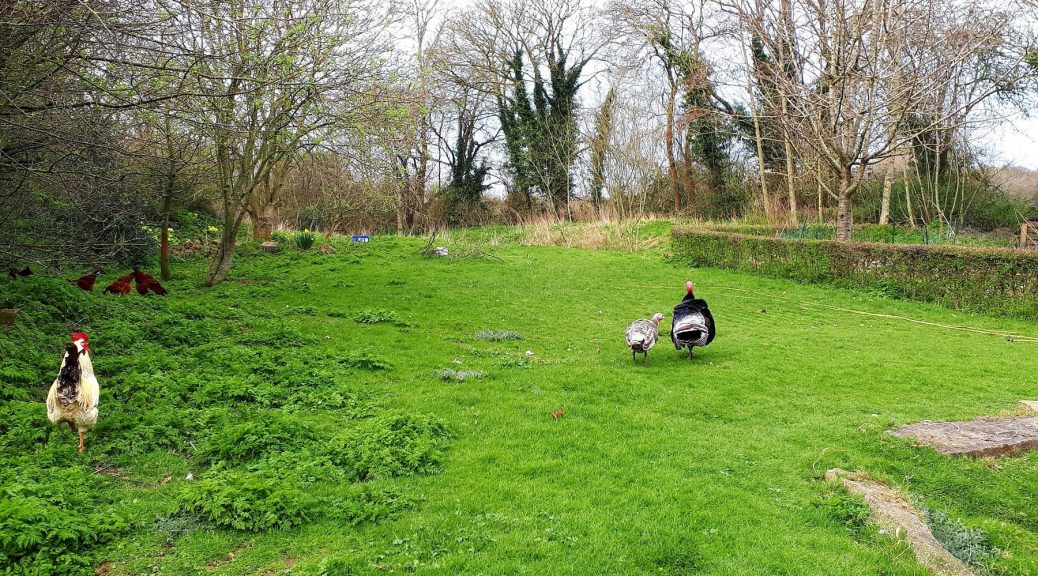
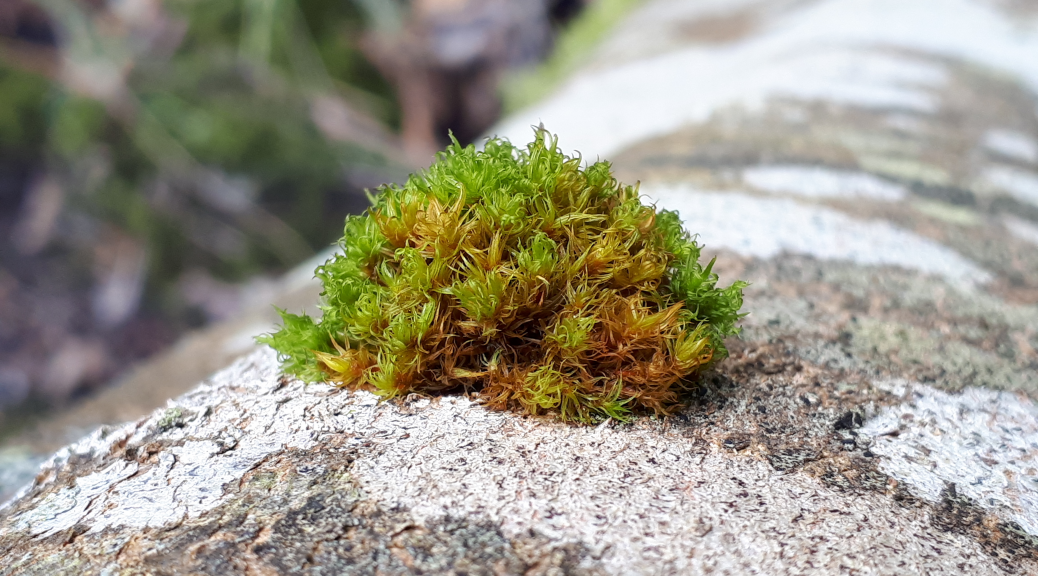
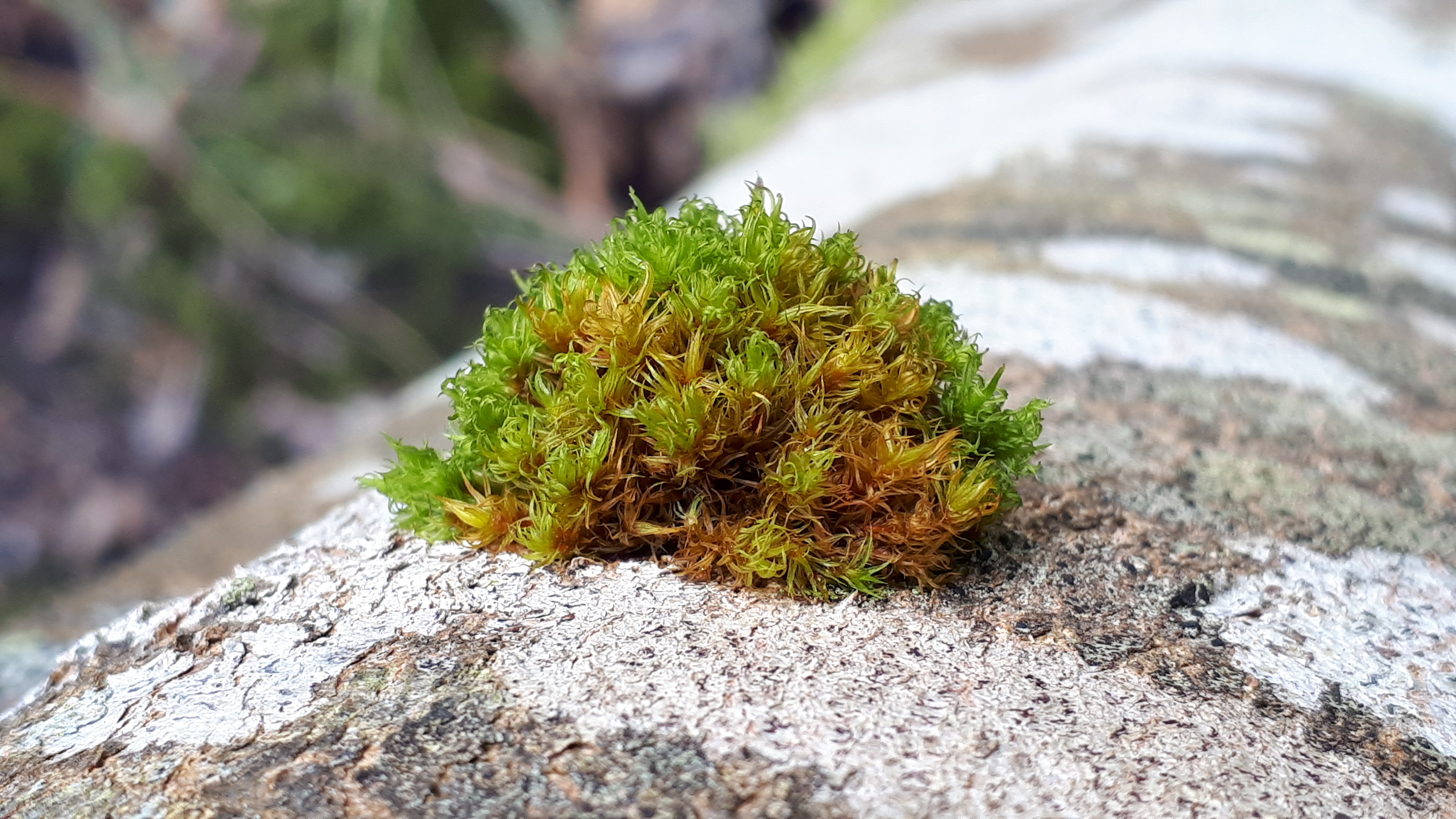 14th March – The Corona Virus is a real worry, but as long as my family and I stay healthy I have the pleasure of still being able to get out into the fresh air and enjoy the countryside. It’s a cool windy day; not quite raining, just damp and no more than about 8 degrees. The dog is getting restless for he knows it is time for a walk. I decided to visit Glencoum, an afforested hill a few kilometres south of where I live. I walk my butterfly transect here each year, and it is one of my regular haunts for in Kilkenny, there are surprisingly few areas where it is free to walk off-road.
14th March – The Corona Virus is a real worry, but as long as my family and I stay healthy I have the pleasure of still being able to get out into the fresh air and enjoy the countryside. It’s a cool windy day; not quite raining, just damp and no more than about 8 degrees. The dog is getting restless for he knows it is time for a walk. I decided to visit Glencoum, an afforested hill a few kilometres south of where I live. I walk my butterfly transect here each year, and it is one of my regular haunts for in Kilkenny, there are surprisingly few areas where it is free to walk off-road.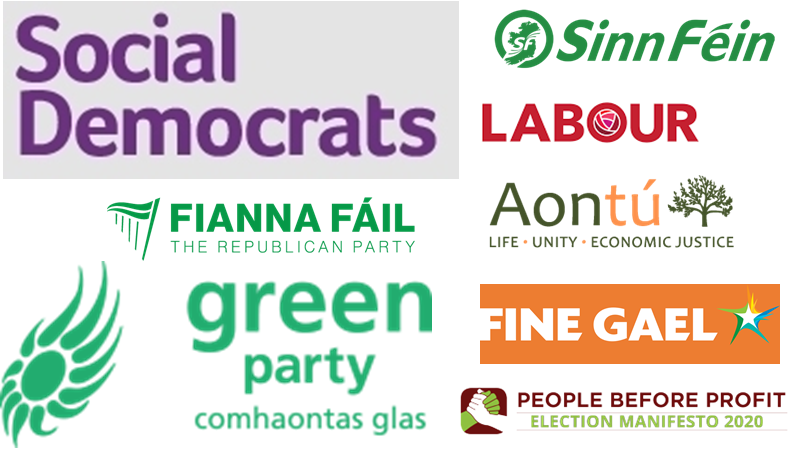








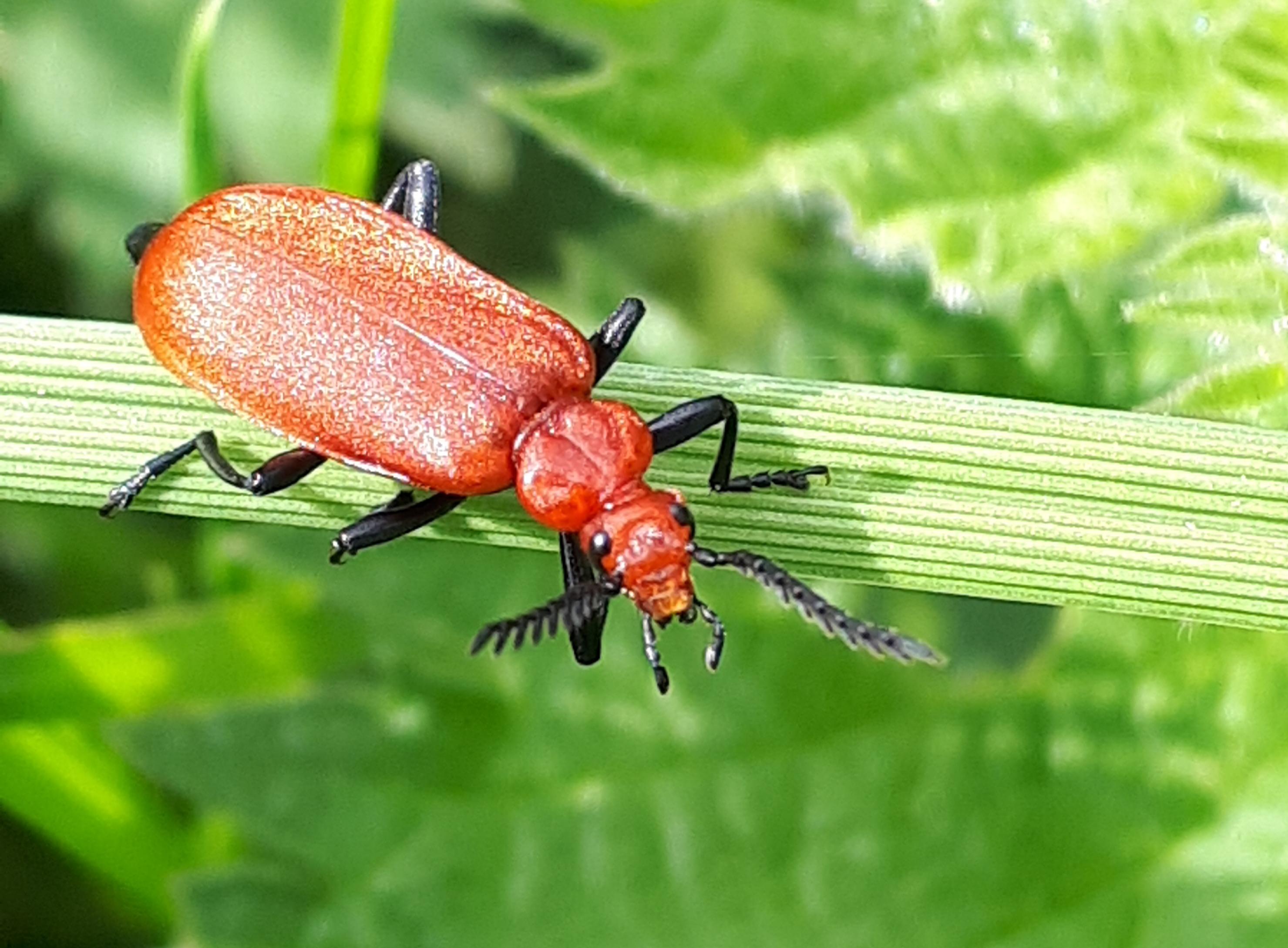
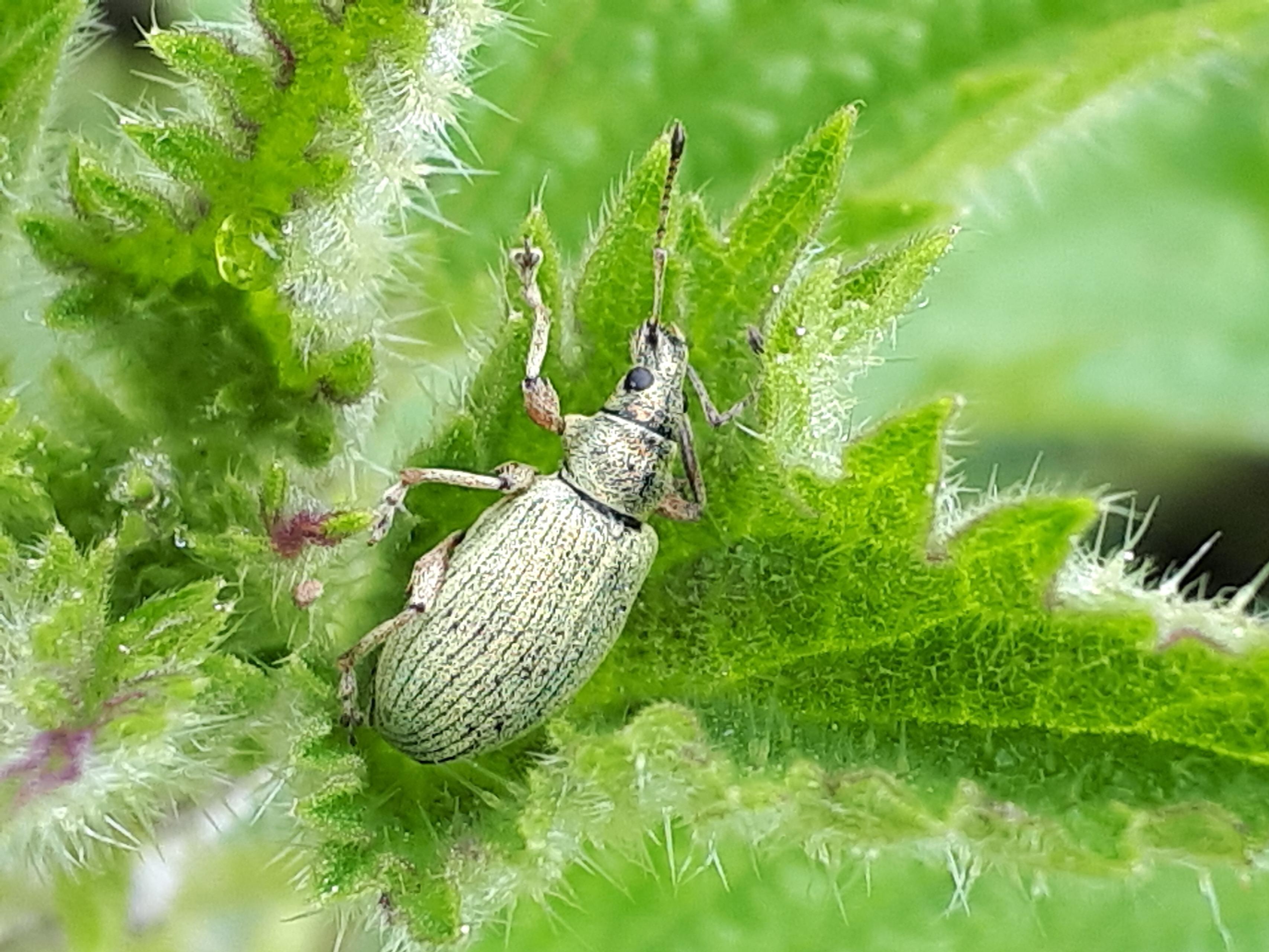
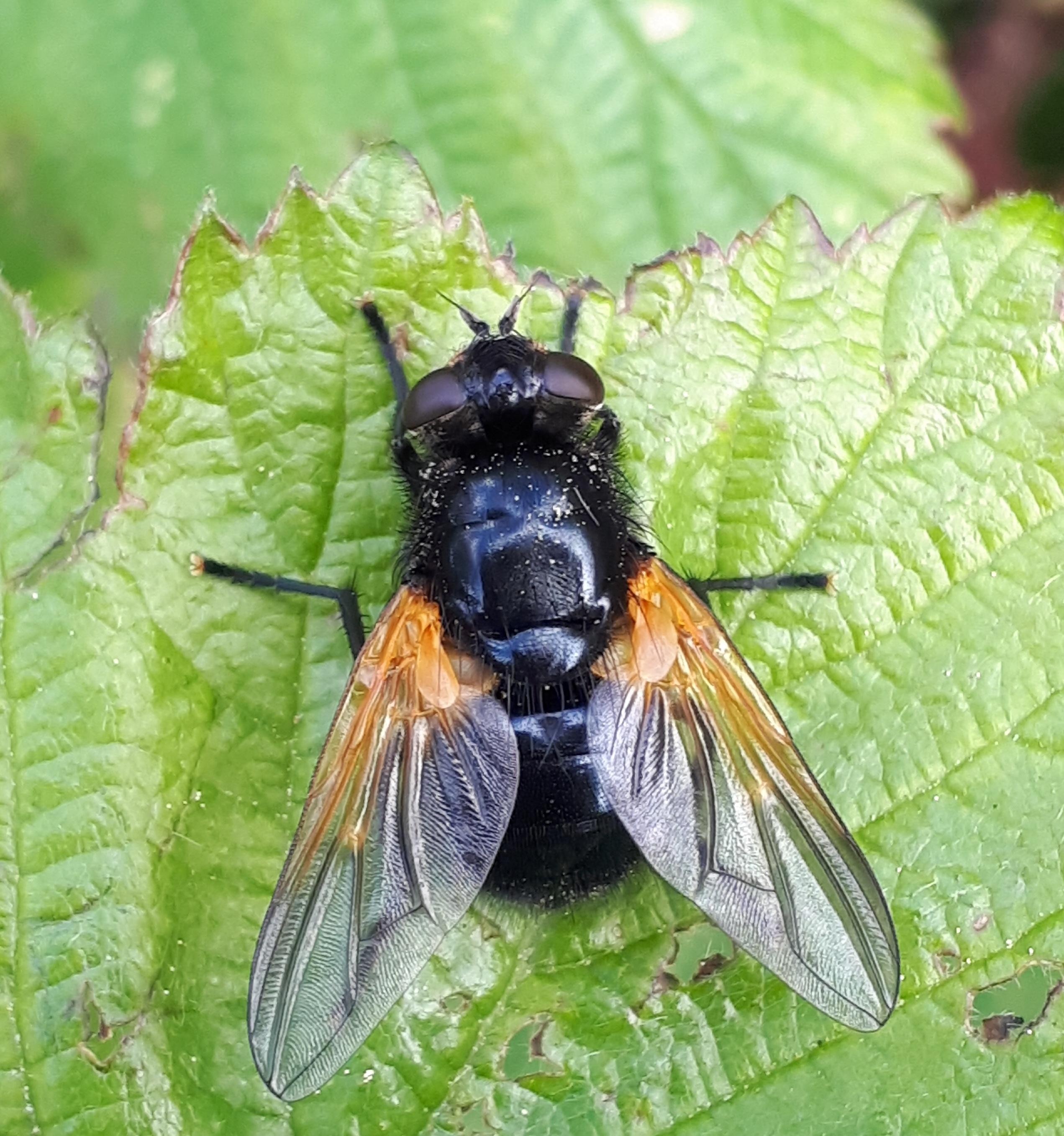 I dally for a bit longer at the bramble bush and focus my attention on the flying insects. There are hoverflies, dung flies, solitary bees and a myriad of other types of flying insect of all shapes and sizes. The longer I watch, the greater variety I see. The weather is cool so many are perched, finding what little warmth they can get from the sky. Briefly the sun shines and almost immediately a male orange-tip flies past. Remarkable how quickly it responds to a small increase in temperature.
I dally for a bit longer at the bramble bush and focus my attention on the flying insects. There are hoverflies, dung flies, solitary bees and a myriad of other types of flying insect of all shapes and sizes. The longer I watch, the greater variety I see. The weather is cool so many are perched, finding what little warmth they can get from the sky. Briefly the sun shines and almost immediately a male orange-tip flies past. Remarkable how quickly it responds to a small increase in temperature.